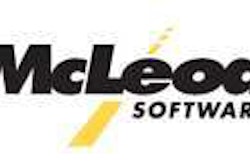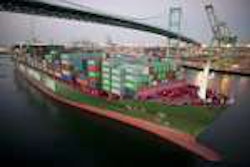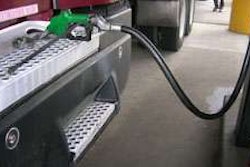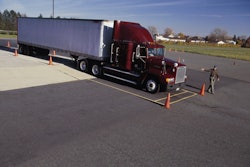Navistar this week lost its legal bid to force the U.S. Environmental Protection Agency to recall 2010 model year engines using selective catalytic reduction to cut truck emissions. Navistar is using in-cylinder exhaust gas recirculation-only technology to meet the current standards in conjunction with banked EPA credits for meeting and beating pre-existing emissions regulations in effect prior to the 2010 regulations.
Navistar alleged in the suit filed July 5 with the U.S. District Court for the District of Columbia that the truck maker, a contractor it hired and the California Air Resources Board all say nitrogen oxide emissions skyrocket when drivers don’t keep diesel exhaust fluid topped off, rendering EPA’s SCR rule “irrelevant” altogether. Furthermore, Navistar accused EPA Director Lisa Jackson of not doing her duty to uphold the Clean Air Act and her agency of not doing its part to protect public health. U.S. District Judge Colleen Kollar-Kotelly dismissed Navistar’s claims.
Navistar Public Relations Manager Stephen Schrier said in July that the lawsuit was about ensuring a level playing field in the heavy-duty truck market, noting that testing done by Navistar showed that operators can “defeat” SCR systems by adding water or other substances to the system instead of DEF, allowing the trucks to operate indefinitely in violation of 2010 emissions regulations. SCR engine manufacturers, however, said the lawsuit was nothing new.
EPA in June had updated its guidance for certification of truck engines using SCR to reduce emissions, calling on SCR engine makers to continue developing warning systems that alert drivers when the truck’s DEF tank is nearly empty or filled with a liquid other than DEF. The June guidance, mostly in response to previous claims made by Navistar that SCR technology can be circumvented, also urged OEMs using SCR to research methods that would inhibit tampering with SCR system operation and incorporate further inducements for drivers to comply.
Navistar previously had sued both EPA and CARB over their acceptance of SCR technology without stronger measures to prevent engine operation without DEF or an operational SCR system. The truck maker in 2010 settled both lawsuits by garnering a commitment for further review.
Research cited by Navistar was conducted by EnSight, an independent environmental consulting firm, using two long-haul vehicles and one heavy-duty pickup, all of which used SCR. According to Navistar, EnSight’s research showed that when liquid urea was not present, there was little or no effect on the vehicles’ operations.
However, EPA said in its June guidance that testing of SCR systems had yielded mostly positive results. While the agency said Navistar’s findings arose from intentional attempts to circumvent the SCR system and that the majority of operations using SCR would be in compliance, it encouraged SCR OEMs to look further into methods to impede tampering.
EPA’s guidance was published June 7 in the Federal Register; for more information, go to www.gpo.gov/fdsys/pkg/FR-2011-06-07/html/2011-13851.htm.














